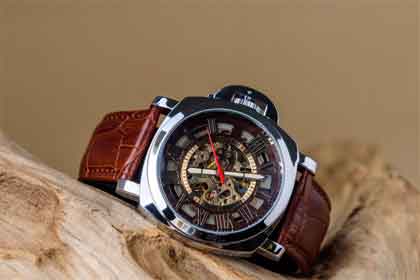The 2012 Summer Olympic Games are scheduled to begin next July 27 in London. Millions of people around the world look forward to the Games every four years, anticipating such events as gymnastics, athletics (running, jumping, throwing, etc.), and swimming and diving. But did you know that there will actually be 26 different sports in the 2012 Olympics? Here is a look at a few of the most unique competitions included on the schedule next summer:
Fencing
Before researching this article, I never knew that fencing was an Olympic sport. So imagine my surprise at learning that it is actually one of the few sports to be featured at every modern Olympic Games since they began in 1896! Three types of weapon – the Foil, Epee, and Sabre – are used in both individual and team competitions.
Fencing seems to be a very outdated sport with little relevance in modern times, yet I am somewhat intrigued by this “tense, compelling battle of wits and technique.” If you’re tired of watching events to see who can go faster, throw farther, or score more points, perhaps this would be a nice change of pace.

BMX Cycling
At the other extreme, BMX Cycling is the newest sport to be added to the Olympic program, making its first appearance in the 2008 Beijing Games. Many people enjoy the road, track, and mountain biking Olympic events, but the BMX competition should be even more exciting.
BMX (bicycle motocross) Cycling was inspired by the motorized version and began in the late 1960s, when motocross became popular in the U.S. The 2012 Olympians will compete on a short, specially built, very technical outdoor track with “jumps, bumps, and tightly banked corners.” It should be very interesting to watch serious adult athletes performing maneuvers we usually think of as kids’ tricks.
Synchronized Swimming
A fairly recent addition to the Games, debuting in 1984, Synchronized Swimming is one of only two Olympic sports contested only by women. Pairs or teams of eight swimmers perform graceful routines set to music, which are judged according to various components such as choreography, difficulty, and execution.
To me, this sport has always seemed a bit odd, though beautiful. Even though the athletes, who look more like artists or dancers, make the routines look easy, they are actually extremely challenging to perform. These women must be strong, flexible, and able to hold their breath for long periods. If it doesn’t seem like a real “sport” to you, just go to your local pool and try a few of these moves, then watch next summer with renewed awe and admiration.
Badminton
Growing up, badminton was a yard game we’d play casually at family barbecues, but nothing more. And when I lived in China for a couple years, I would often see university students tapping a birdie back and forth on campus after class. I never thought of it as a serious sport. However, shuttlecocks can travel as fast as 250 mph in this dynamic competition! I’m actually very excited to see how much different the game looks when true athletes are competing for the gold next summer.
Here are a few more interesting facts about this sport:

-It was named after the Duke of Beaufort’s Gloucestershire residence, where the British officers who’d brought it back from India played the game in 1873.
-The best shuttlecocks are thought to be made from the feathers of the left wing of a goose, and the 2012 Olympic shuttlecocks will each be made from 16 such feathers.
-Asian countries have dominated the sport since badminton was added to the Olympics: China, Indonesia, and South Korea have won 23 of the 24 gold medals awarded since 1992.
Equestrian – Dressing, Evening and Jumping
In the 2012 Olympics, a total of 200 athletes will compete in six medal events spanning these three competitions. The sport of Equestrian is truly unique in the Games since it is the only one in which humans and animals compete together. In addition, it is the only time when men and women will compete against each other on equal terms.
I find these events curious as Olympic sports since the horses seem to be a more important component than the riders. Do they receive their own medals in the victory ceremonies? Are their names recorded in the books? Do they have to come from the nation for which they’re competing? How do the horses get to London, and what kind of accommodations do they receive? Very curious, indeed.











 Transportation to Berlin Airports: Bus or Train to Tegel (TXL) and Schönefeld Flughafen (SXF), Germany
Transportation to Berlin Airports: Bus or Train to Tegel (TXL) and Schönefeld Flughafen (SXF), Germany